11 most beautiful women of the early 20th century
Categories: Fashion | History | World
By Pictolic https://pictolic.com/article/11-most-beautiful-women-of-the-early-20th-century.htmlThe Edwardian era (the years of the reign of King Edward VII of Great Britain - from 1901 to 1910) is known for its beautiful and talented women. Beauty standards change from decade to decade, and at that time, pale skin was in fashion, but blond hair was not. Doesn't look too much like today's popular notions of beauty, does it? But who said that you need to meet some standards in order to be beautiful? Here is a list of the 11 most beautiful women of the Edwardian era according to Vintage Everyday.
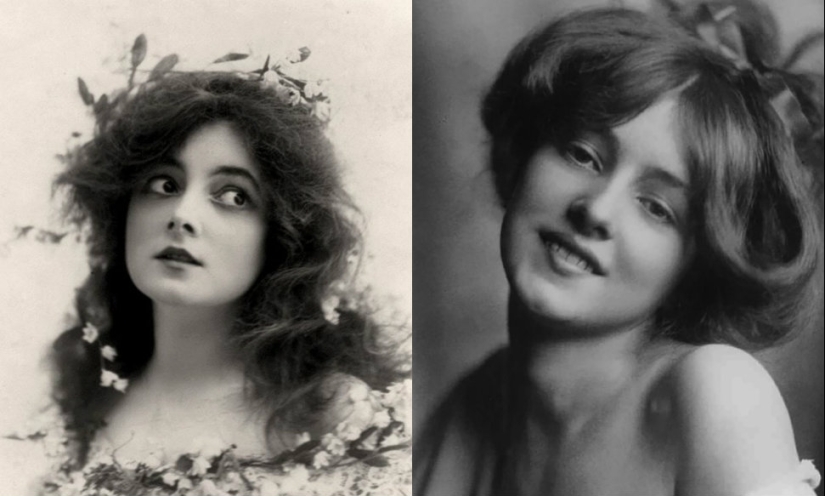
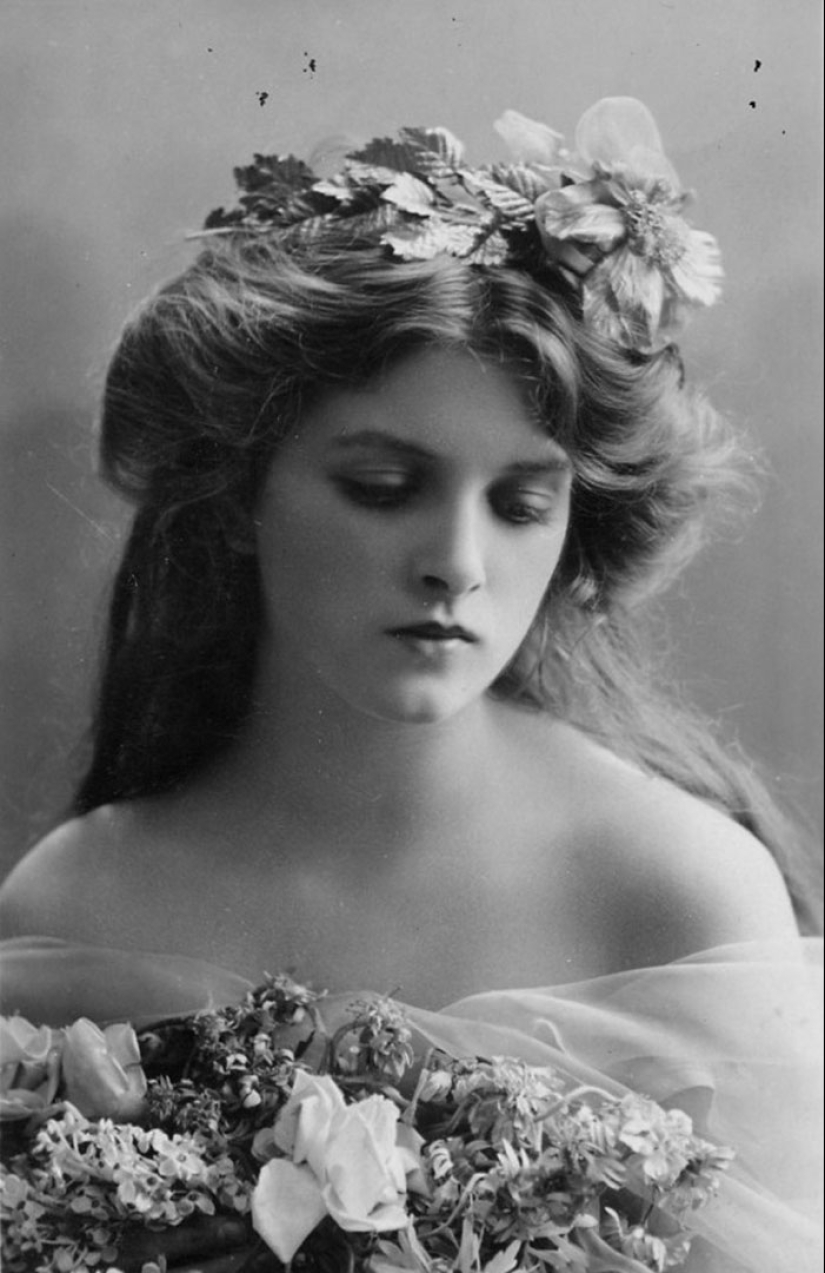 Gladys Constance Cooper was an English actress whose career spanned seven decades. Starting a career on stage as a teenager in musical comedies and pantomime, she later took on leading roles in dramatic performances and silent films before the First World War. After she became the head of the Playhouse Theater in London, where she also played a huge number of roles, for which she received many accolades, including from the famous playwright William Somerset. Gladys also regularly appeared on the stages of the West End and Broadway theaters and was even nominated for an Oscar three times.
Gladys Constance Cooper was an English actress whose career spanned seven decades. Starting a career on stage as a teenager in musical comedies and pantomime, she later took on leading roles in dramatic performances and silent films before the First World War. After she became the head of the Playhouse Theater in London, where she also played a huge number of roles, for which she received many accolades, including from the famous playwright William Somerset. Gladys also regularly appeared on the stages of the West End and Broadway theaters and was even nominated for an Oscar three times.
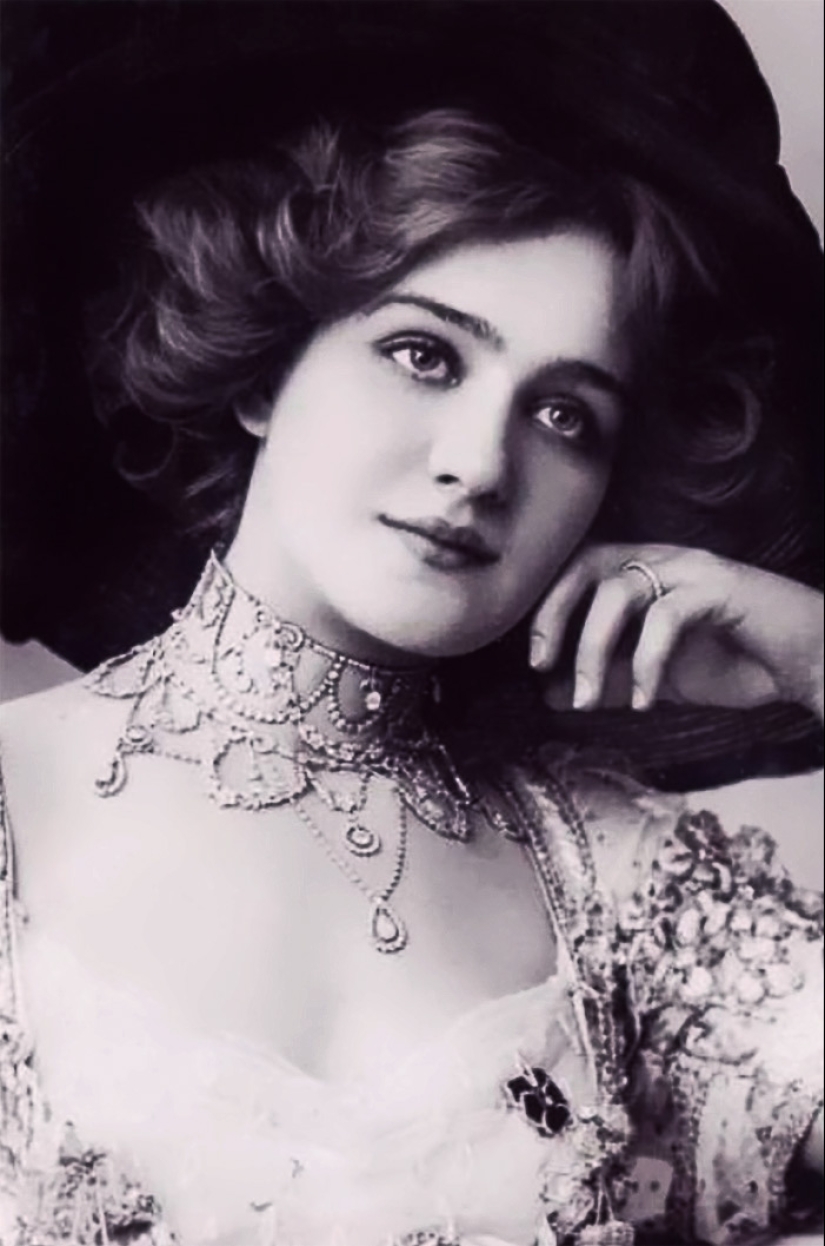 Lily Elsie was a popular English actress and singer during the Edwardian era, best known for her role in the London production of Franz Lehár's The Merry Widow. Starting her career as a child, Elsie earned a reputation as a good actress in the 1890s through roles in musical comedies. After she played in several more successful operettas and musicals. Delighting people with her beauty and charm, Elsie became one of the most photographed actresses of the early 20th century.
Lily Elsie was a popular English actress and singer during the Edwardian era, best known for her role in the London production of Franz Lehár's The Merry Widow. Starting her career as a child, Elsie earned a reputation as a good actress in the 1890s through roles in musical comedies. After she played in several more successful operettas and musicals. Delighting people with her beauty and charm, Elsie became one of the most photographed actresses of the early 20th century.
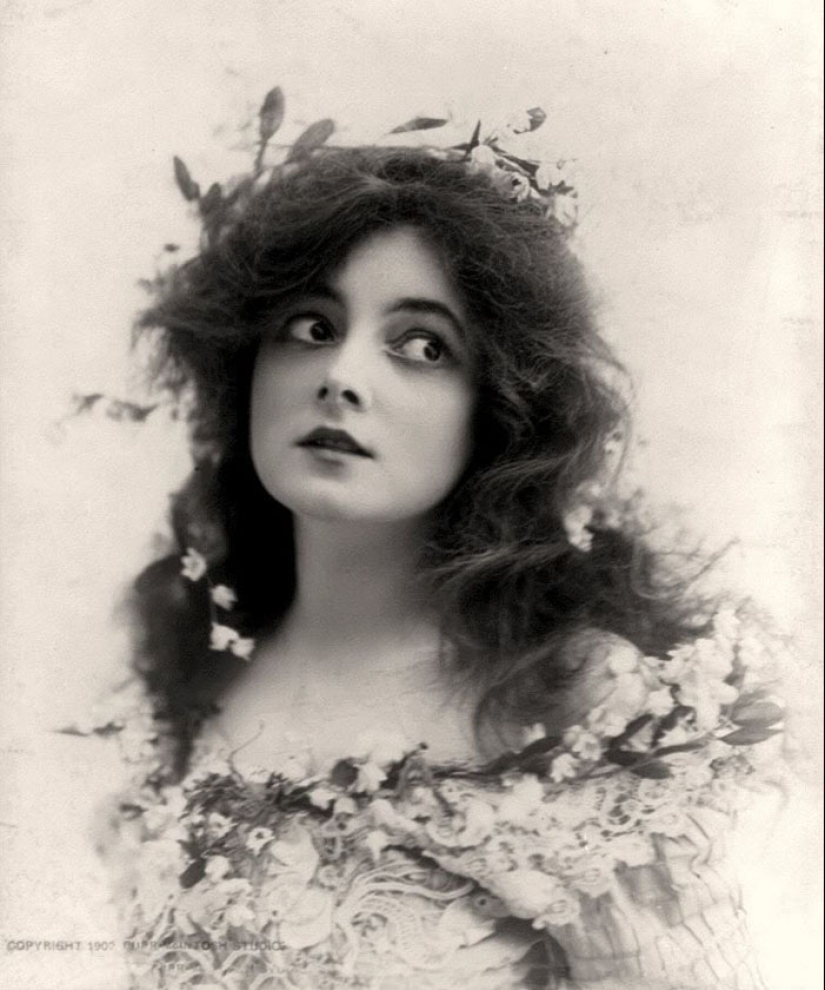 Marie Doro was an American actress at the beginning of the silent film era. When Marie was still a chorus girl, she attracted the attention of impresario Charles Froman, who later invited her to perform several roles in theaters on Broadway. There she managed to work with the famous actor of that time, William Gillette ("Sherlock Holmes"), and her career was formed under the influence of these two experienced mentors. Although Marie usually had the opportunity to play simple roles of the same type, she nevertheless proved herself to be a reasonable, well-developed and quick-witted actress.
Marie Doro was an American actress at the beginning of the silent film era. When Marie was still a chorus girl, she attracted the attention of impresario Charles Froman, who later invited her to perform several roles in theaters on Broadway. There she managed to work with the famous actor of that time, William Gillette ("Sherlock Holmes"), and her career was formed under the influence of these two experienced mentors. Although Marie usually had the opportunity to play simple roles of the same type, she nevertheless proved herself to be a reasonable, well-developed and quick-witted actress.
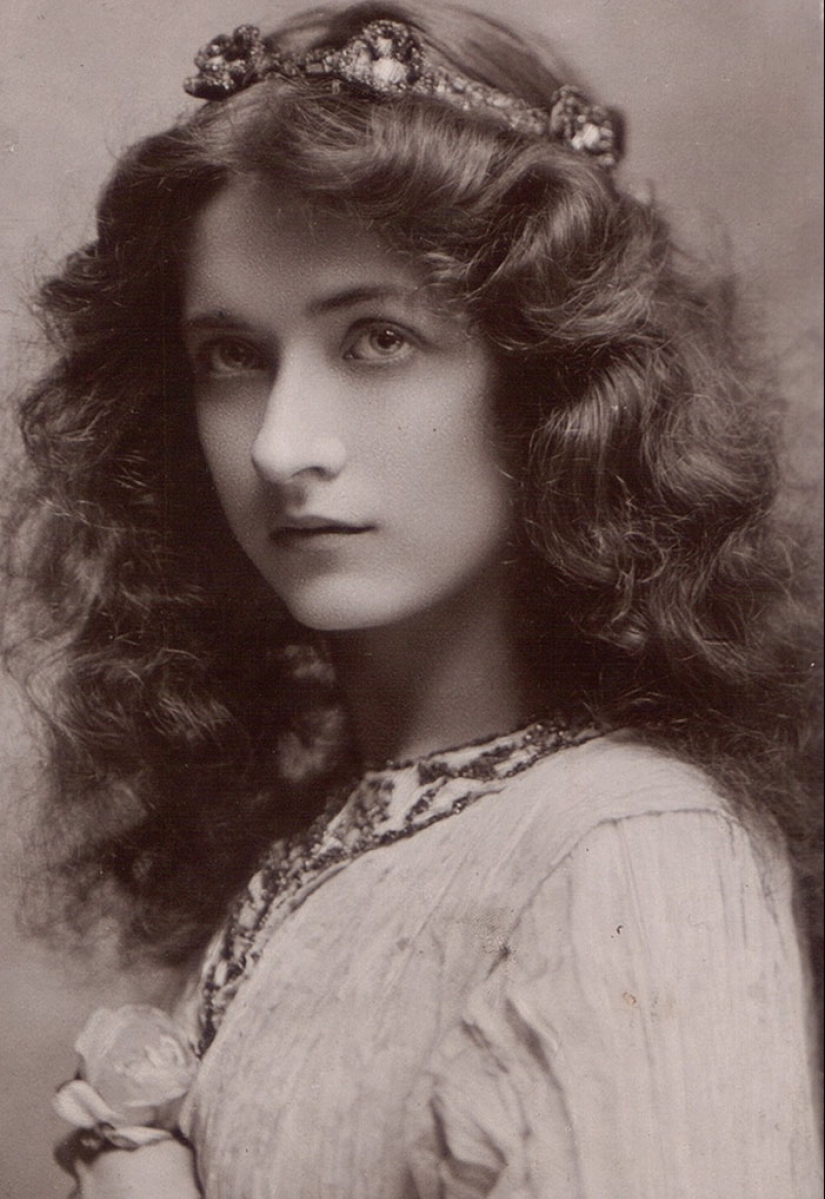 Maud Feli is an American silent film actress who, however, was able to find herself in the era of sound cinema. At the age of three, she first appeared on stage with her mother, Margaret Fili, and then performed a role in a production based on Henryk Sienkiewicz's novel Kamo Coming, where she again appeared on stage with her mother. After Maud toured England with a production of Sherlock Holmes, in which she played with William Gillette, and between 1902 and 1905 she often collaborated with Henry Irving, taking part in his performances.
Maud Feli is an American silent film actress who, however, was able to find herself in the era of sound cinema. At the age of three, she first appeared on stage with her mother, Margaret Fili, and then performed a role in a production based on Henryk Sienkiewicz's novel Kamo Coming, where she again appeared on stage with her mother. After Maud toured England with a production of Sherlock Holmes, in which she played with William Gillette, and between 1902 and 1905 she often collaborated with Henry Irving, taking part in his performances.
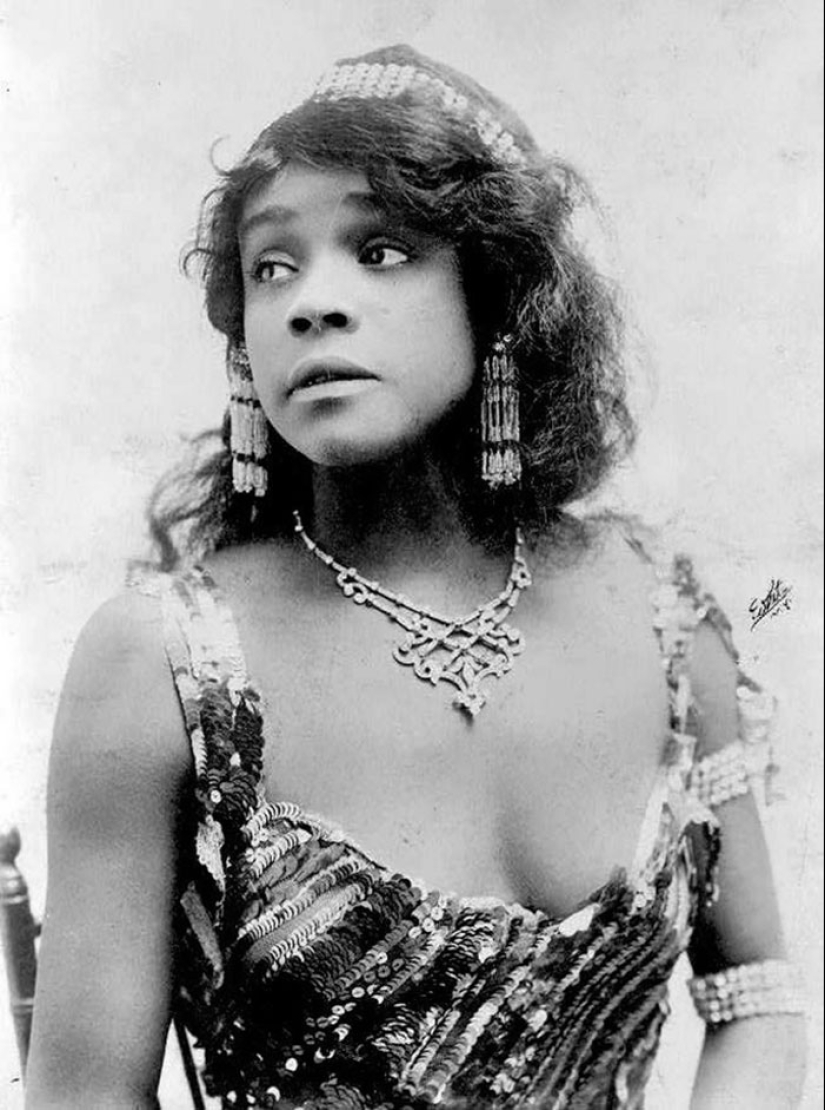 Aida Overton Walker, known as the Queen of Cakewalk, was an African-American vaudeville actress, singer, dancer, and choreographer. Together with her husband and partner, she took part in many performances of that time.
Aida Overton Walker, known as the Queen of Cakewalk, was an African-American vaudeville actress, singer, dancer, and choreographer. Together with her husband and partner, she took part in many performances of that time.
 Ethel Clayton is an American actress who has played numerous roles in films without soundtracks. Her debut took place in 1909, in a short film called "Justified". Gradually, her career developed, and Ethel began to appear in more and more films, mostly starring in musical comedies and musicals. In total, she played more than 180 film roles.
Ethel Clayton is an American actress who has played numerous roles in films without soundtracks. Her debut took place in 1909, in a short film called "Justified". Gradually, her career developed, and Ethel began to appear in more and more films, mostly starring in musical comedies and musicals. In total, she played more than 180 film roles.
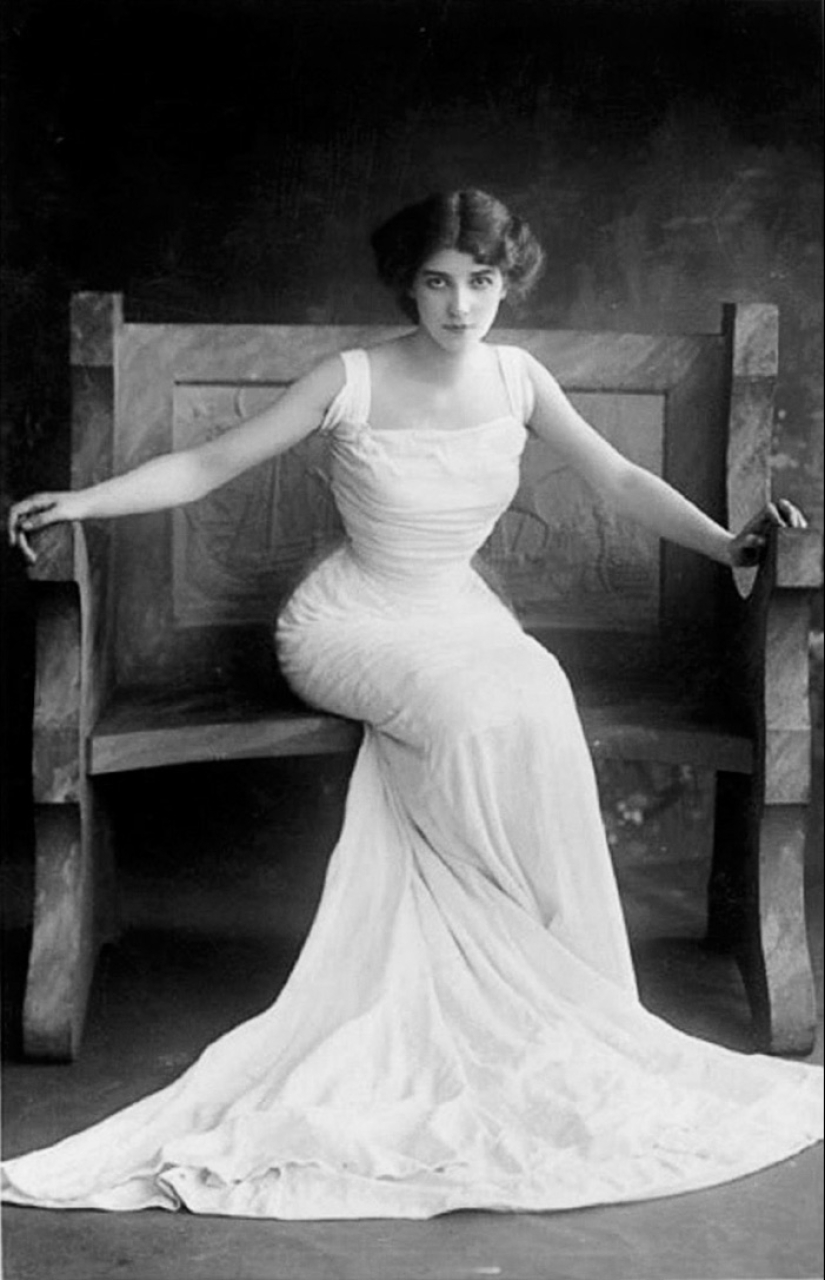 Ethel Warwick is a British theater actress. She became known for roles in such productions as The Bigamist (1916), The Magistrate (1921) and The Bachelor's Child (1932). In her teenage years, even before her career as an actress, Ethel was a nude model, posing for the famous portrait painter James Whistler.
Ethel Warwick is a British theater actress. She became known for roles in such productions as The Bigamist (1916), The Magistrate (1921) and The Bachelor's Child (1932). In her teenage years, even before her career as an actress, Ethel was a nude model, posing for the famous portrait painter James Whistler.
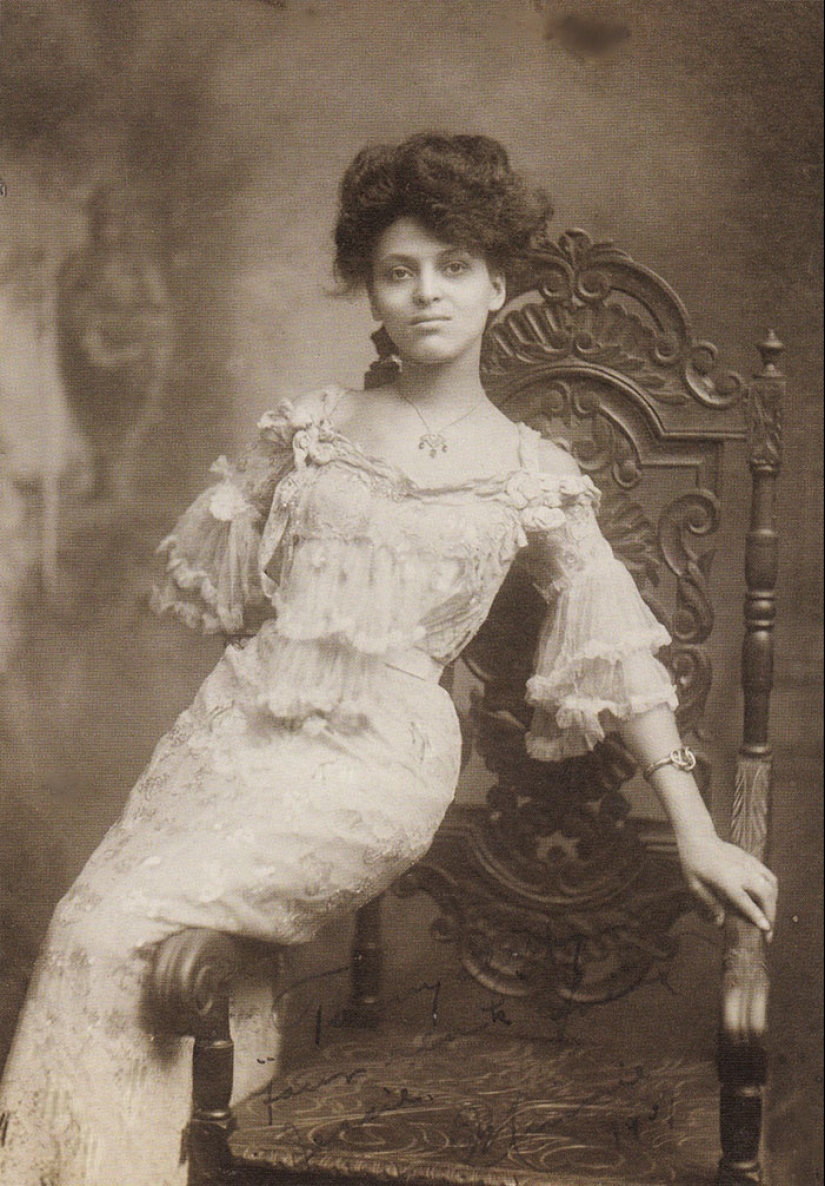 Minnie Brown is an actress who worked in Russia and the Far East from 1902 to 1918. She was one of several very successful African-American actresses working in Russia during those years, including Ollie Burgoyne, Pearl Hobson and Georgette Harvey.
Minnie Brown is an actress who worked in Russia and the Far East from 1902 to 1918. She was one of several very successful African-American actresses working in Russia during those years, including Ollie Burgoyne, Pearl Hobson and Georgette Harvey.
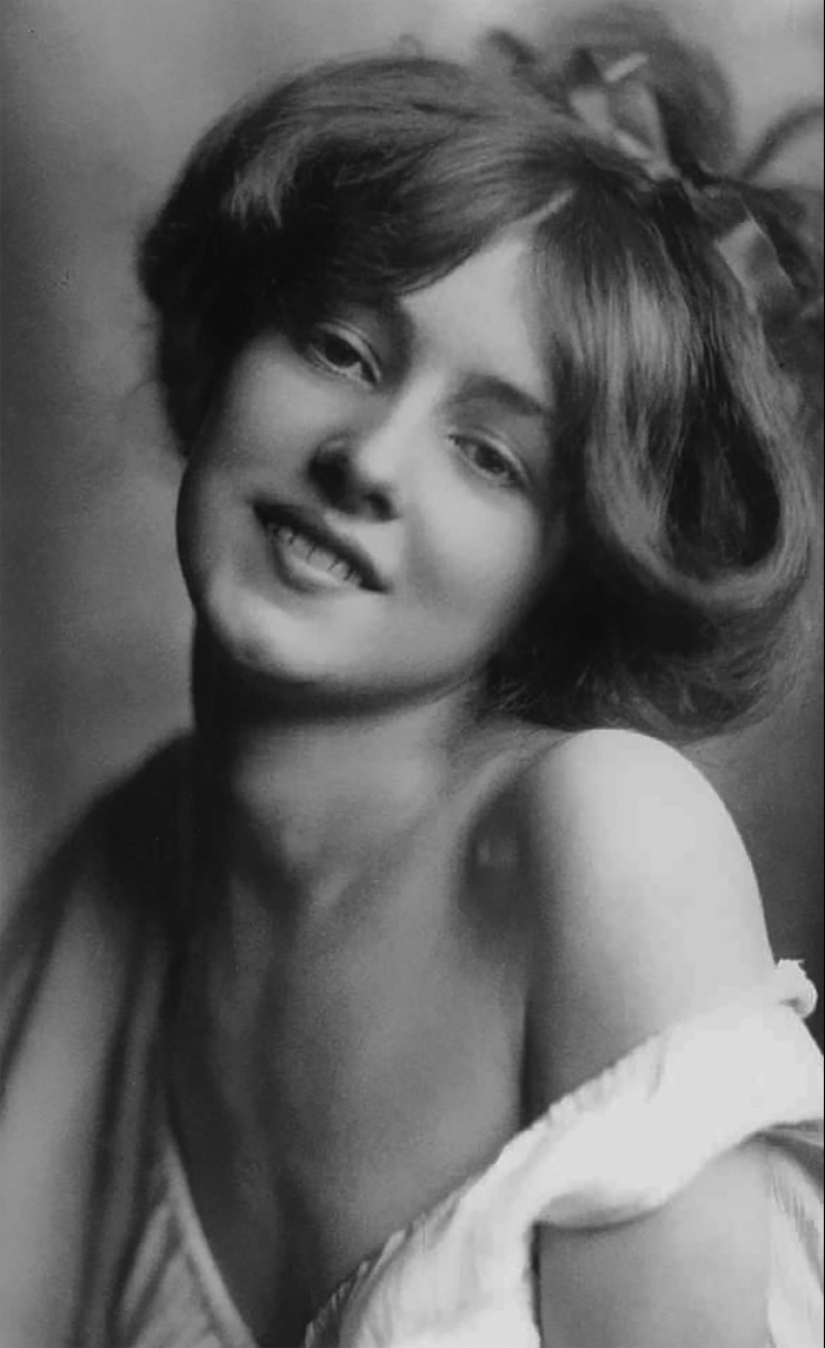 Evelyn Nesbit is a popular American chorus girl and model of the early 20th century. In those years, her face and figure were almost everywhere, appearing in newspapers published in thousands of copies, on magazine covers, souvenirs and calendars.
Evelyn Nesbit is a popular American chorus girl and model of the early 20th century. In those years, her face and figure were almost everywhere, appearing in newspapers published in thousands of copies, on magazine covers, souvenirs and calendars.
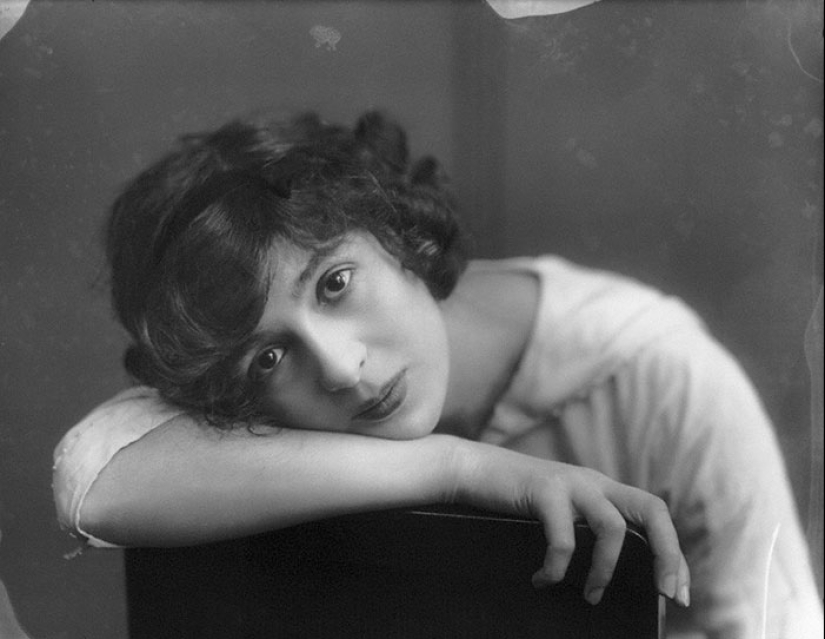 Julia James was an actress from London. She began her career at the Aldwych Theater under Seymour Hicks, playing a part in The Balabolka (1905). Then she also played in the musical "Girls from Gottenberg", in productions of "Havana" and "Our Miss Gibbs".
Julia James was an actress from London. She began her career at the Aldwych Theater under Seymour Hicks, playing a part in The Balabolka (1905). Then she also played in the musical "Girls from Gottenberg", in productions of "Havana" and "Our Miss Gibbs".
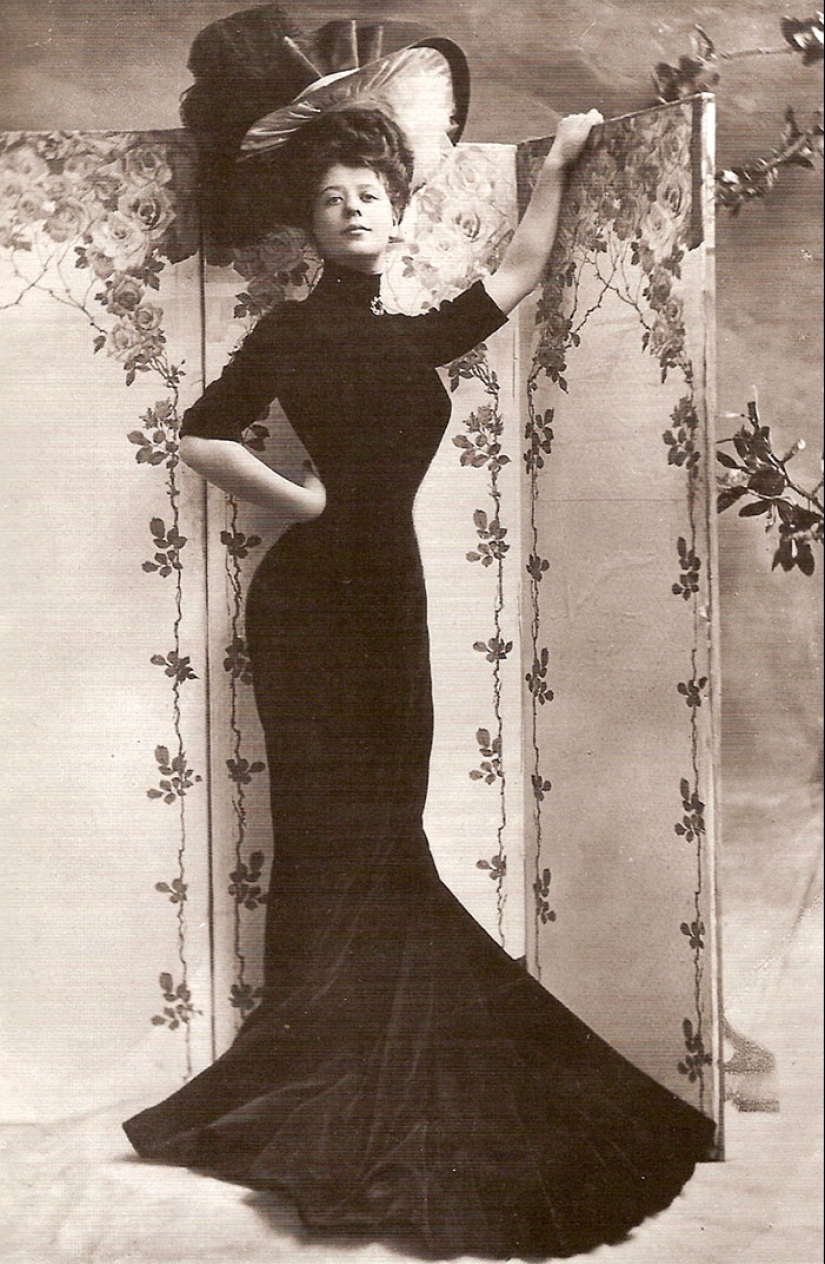 The Belgian-born American actress Camille Clifford became the personification of the so-called Gibson Girls, the ideal of female beauty created by the American illustrator Charles Gibson at the turn of the 19th and 20th centuries. Her high hairdo and hourglass figure define the style of the Gibson girls in many ways. Photographs of Camille taken by Lizzie Cosaull Smith in 1905 often appear in fashion history books to illustrate the Edwardian style. The signature style of Camille herself is a long elegant dress and a 40-centimeter waist tightly pulled into a corset.
The Belgian-born American actress Camille Clifford became the personification of the so-called Gibson Girls, the ideal of female beauty created by the American illustrator Charles Gibson at the turn of the 19th and 20th centuries. Her high hairdo and hourglass figure define the style of the Gibson girls in many ways. Photographs of Camille taken by Lizzie Cosaull Smith in 1905 often appear in fashion history books to illustrate the Edwardian style. The signature style of Camille herself is a long elegant dress and a 40-centimeter waist tightly pulled into a corset.
Recent articles

Sometimes you see a tattoo on a person and think: "Why did he do it at all?". A familiar feeling? If you have never experienced it, ...

Taxi ride like a lottery — you never know if you will pull the winning ticket. Even the official services like Uber does not ...

Finnish photographer Juha Tanhua has shot an unusual series of "space photos". Astrophotographic images of stars, galaxies and ...